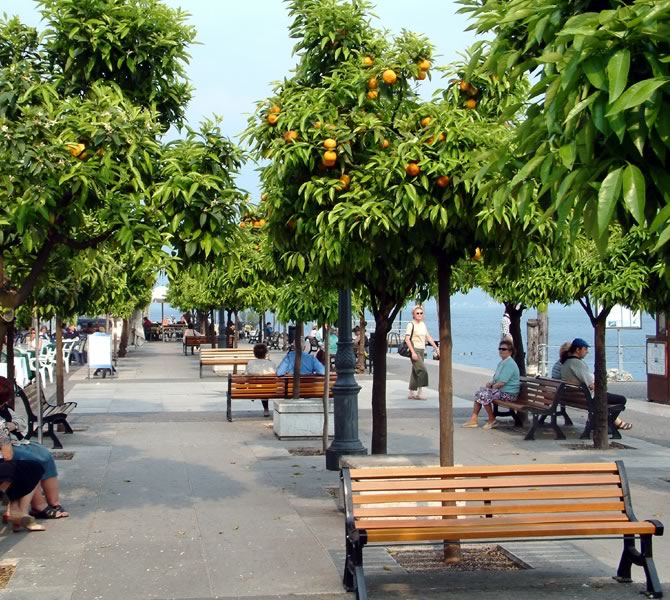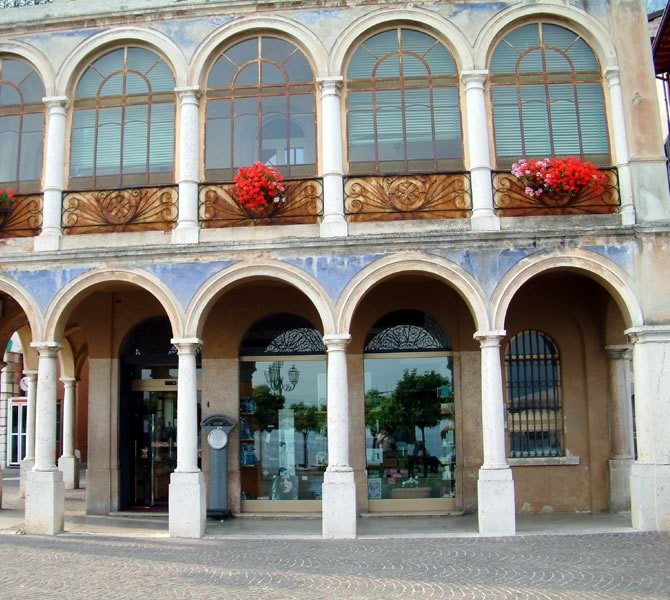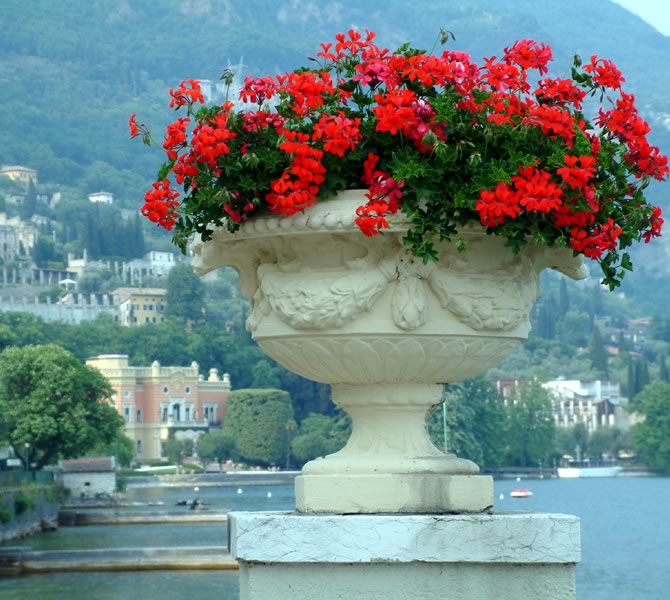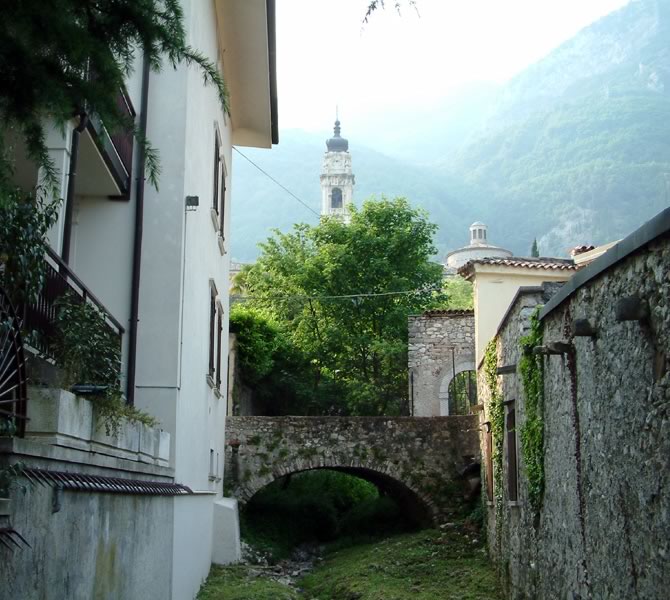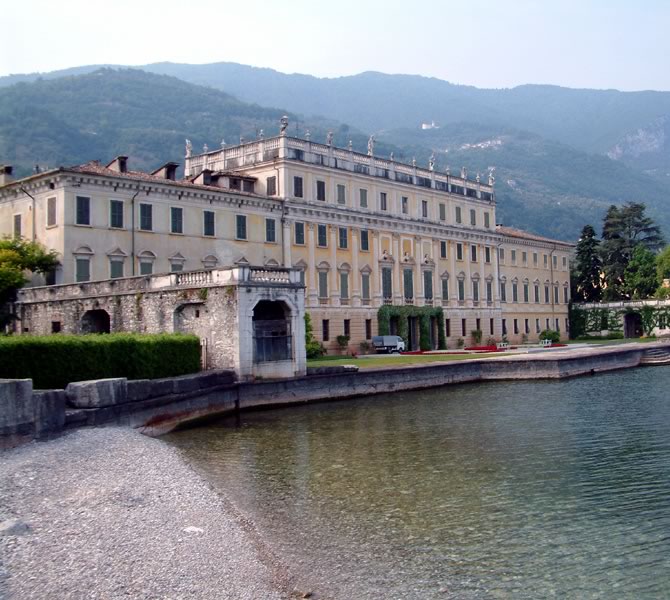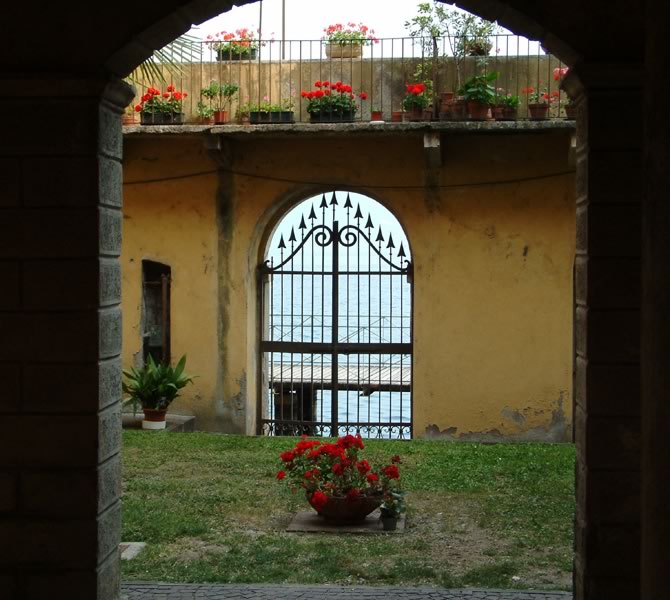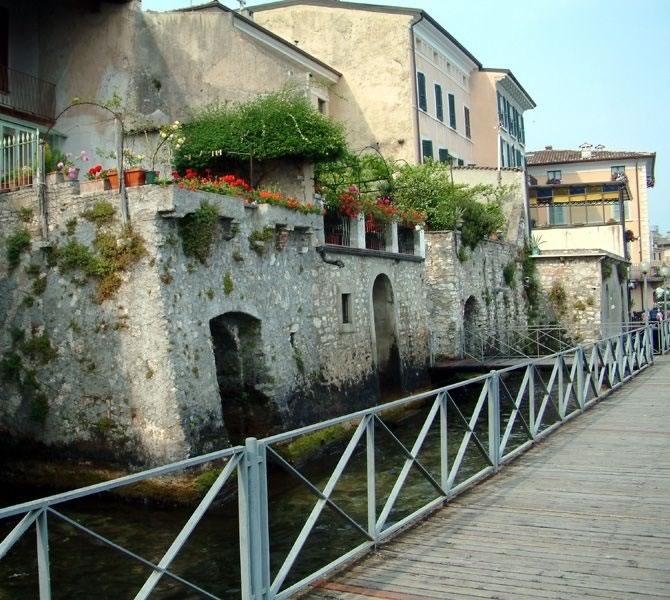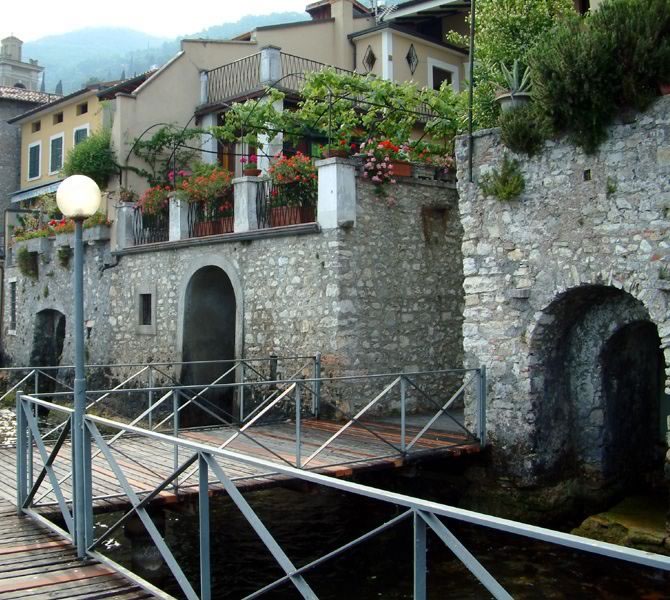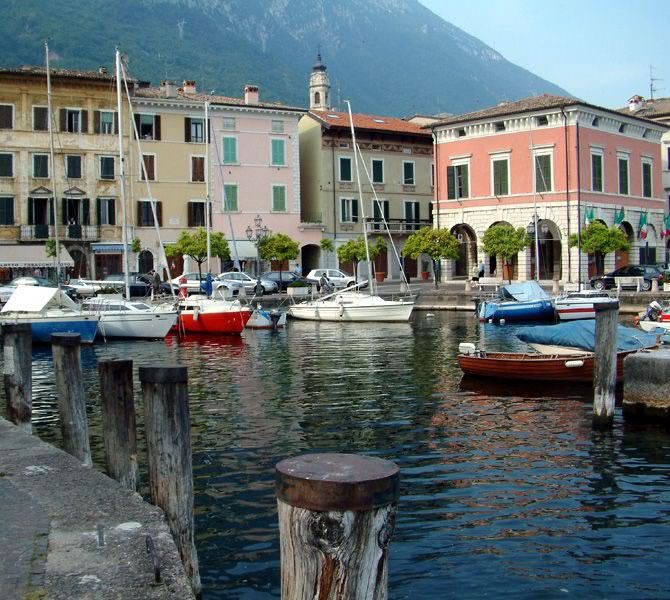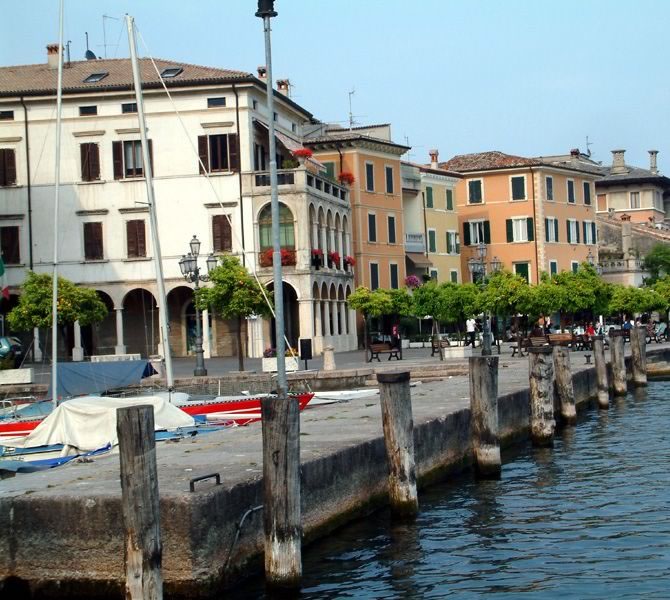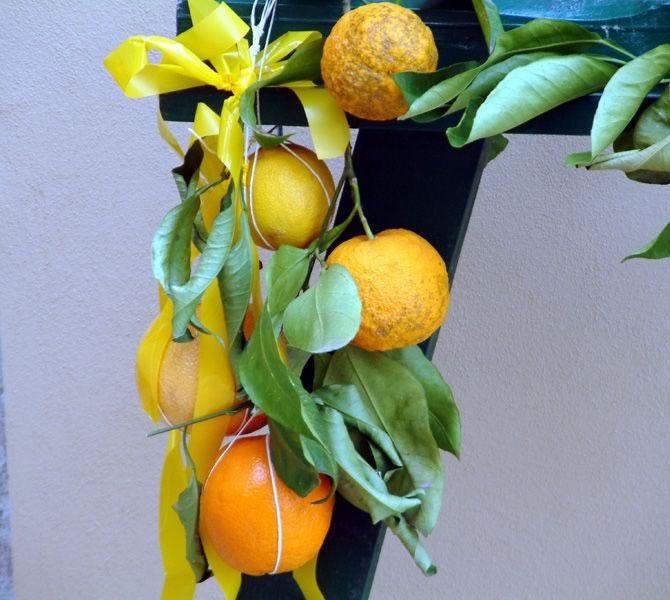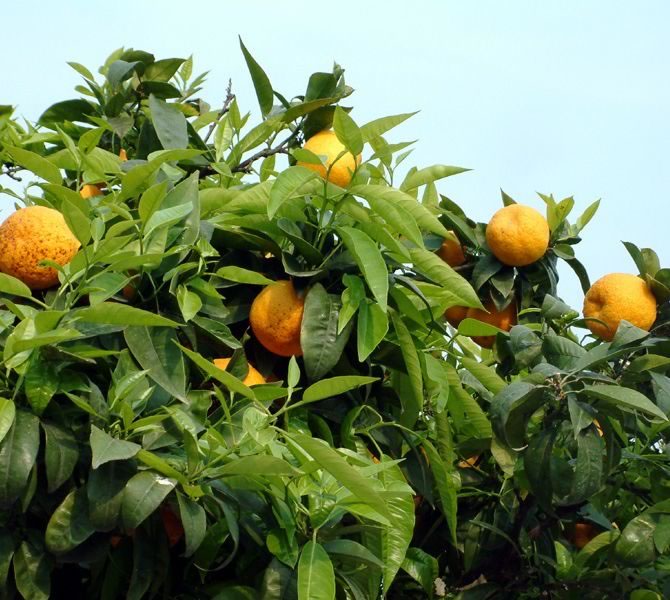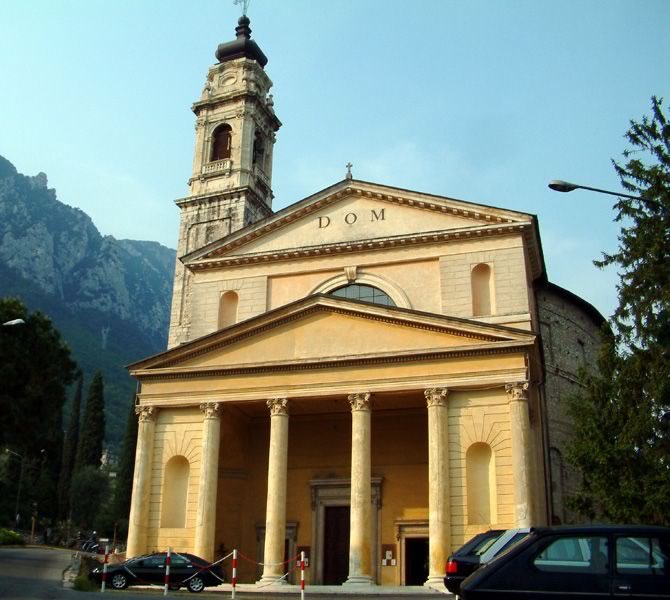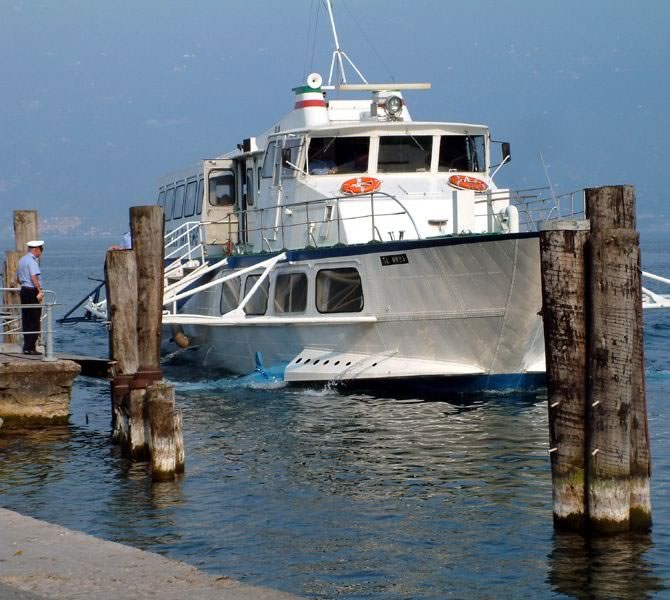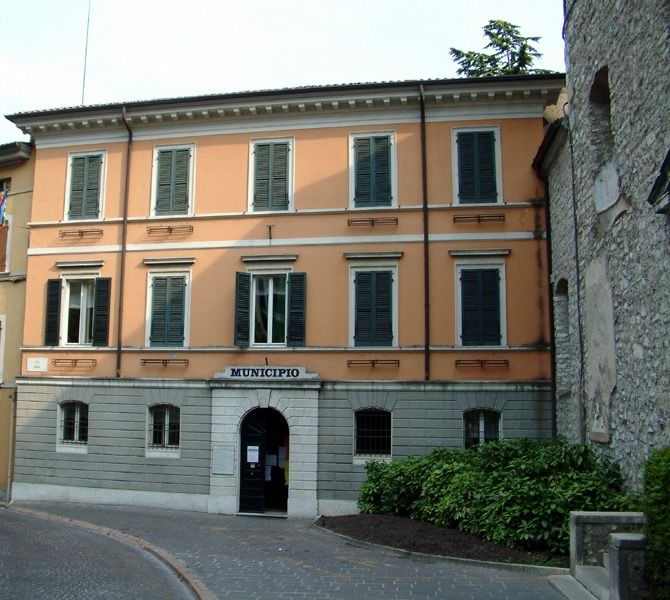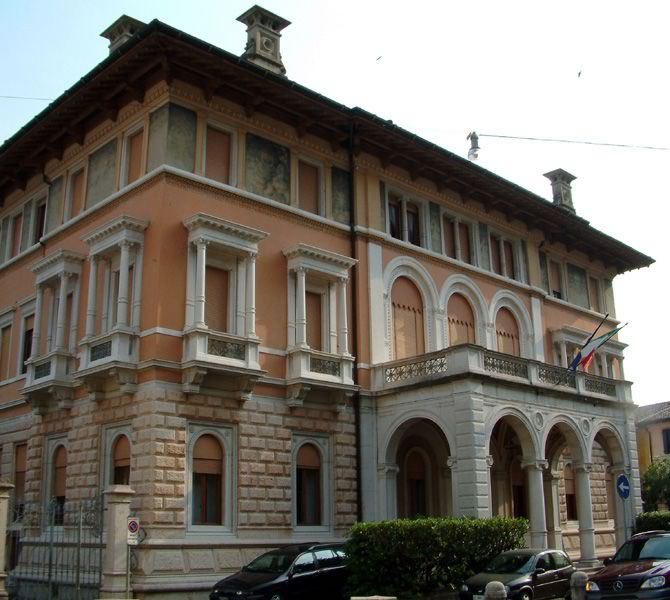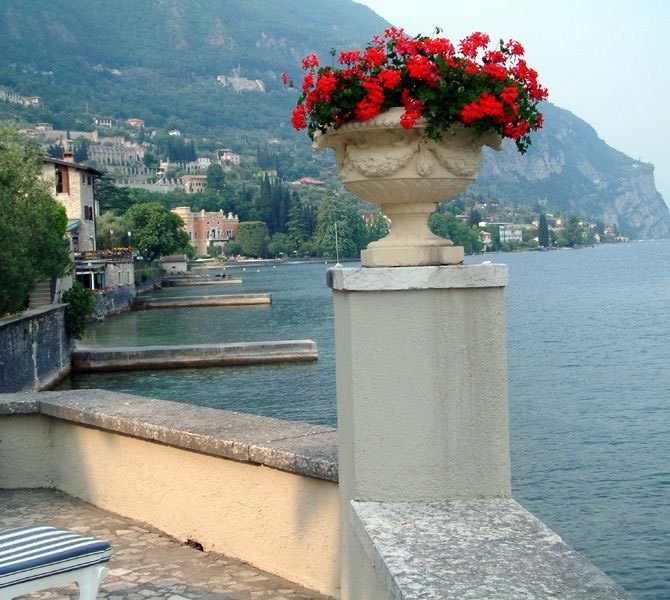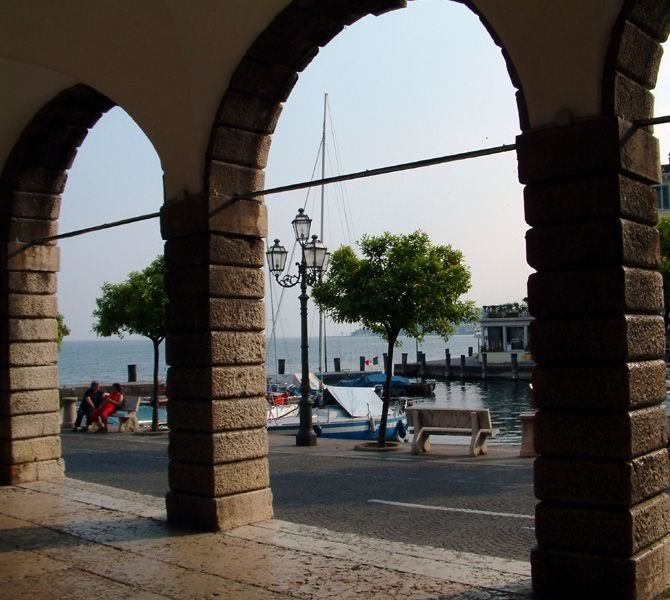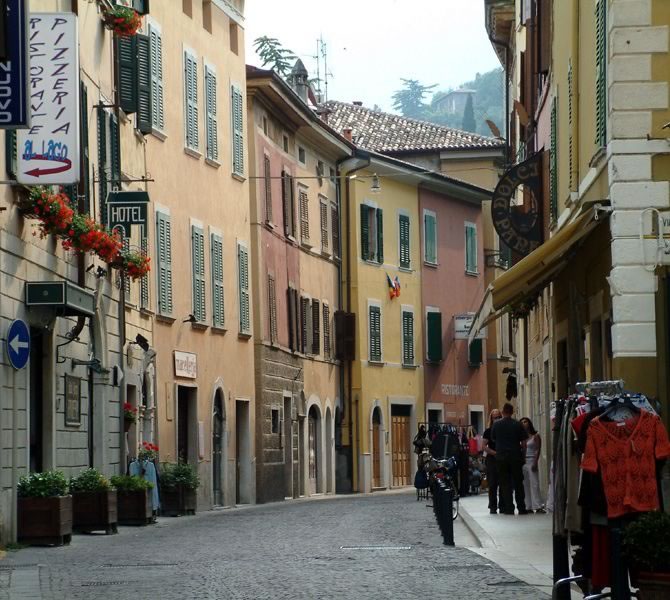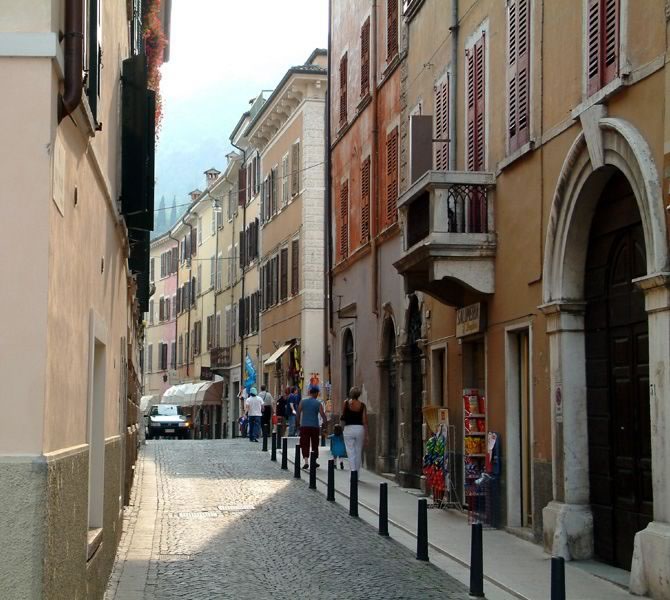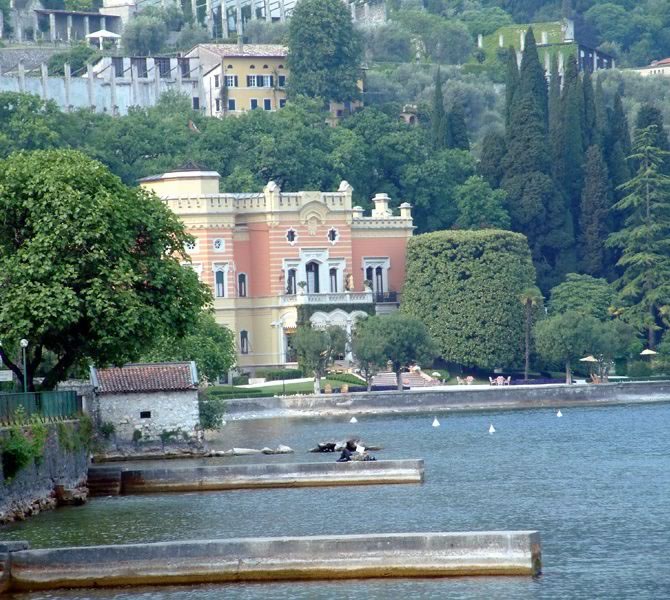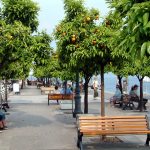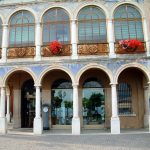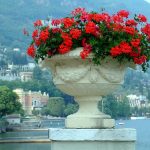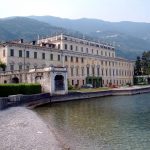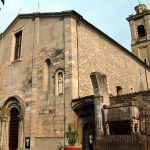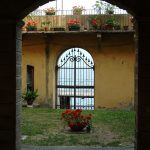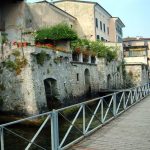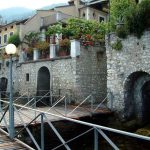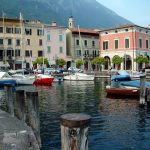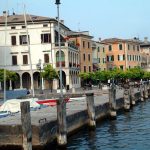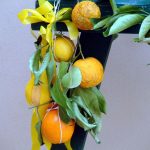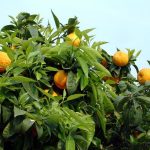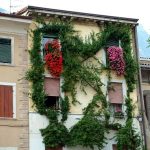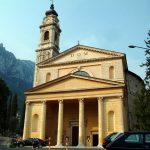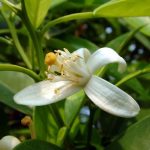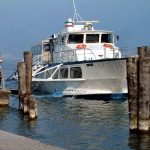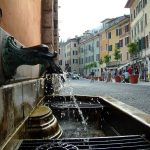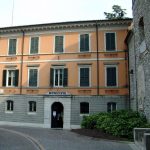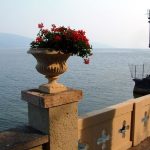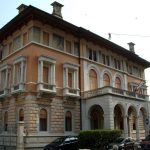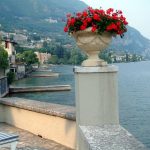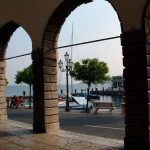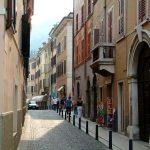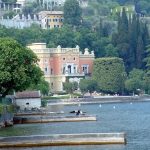Gargnano
HISTORY OF GARGNANO
The mild climate, the beauty of the countryside, populated by a rich and varied vegetation aided in setting up of the first human settlements. First we have to visit the Parish, consecrated to San Martino, built in the 18th. century. Later, in 1837, the famous builder Rodolfo Vantini enlarged the church, edifying an enormous entrance and a magnificent high nave in Neoclassic style. Going downtown, we reach Palazzo Feltrinelli, a famous palace, edified in 1898-1899 by the architect Francesco Solmi. During the last period of fascism, when Salò has become “Republic”, this house was bureaux of Mussolini. Today the palace belongs to the University of Milano. Round the port we can discover bullets, cemented in the high walls, they should remember at the III Independence War, between Austria and Italy, in July 1866. Very interesting the Community House in the Piazza (square) edified in 1582 by Giovanni Traffegini, a scholar of the famous Todeschini. At both sides of the port expanse the antique fisher town, with narrow lanes and its characteristic, Gardesanean stone – portals, a typical architectonic example of the 18th. century, specially underlined by the beach promenade, constructed by wood slats. Walking on the promenade, we arrive at a low building, earlier the headquarters of the cooperatives of the citrus fruit. Nearby the Church of San Francesco, built in 1289, with its inside in Baroque stile. Interesting some precious paintings. At the surface there is a statue of San Antonio del frate Antonio Delay of 1301. The entrance contains the tomb of Argilo di Gargnano (died 1302). The inside is constructed by characteristic arches, maintained by supports, decorated with sculptures of lions, fishes, and lemons.
Let us go out for a little walk along the sea and after 2 km northward we come across the Church San Giacomo di Calino. On the road, in the locality San Faustino, you can visit Villa Feltrinelli, better known as Villa of Mussolini, his residence from 1943 to 1945. The building was finished in 1894, today it is a hotel with an own port and a wonderful, picturesque park with hundred years old magnolia trees. The Church San Giacomo di Calino (11th – 12th. century) is constructed with rose-coloured stones, its southern facade has interesting frescoes of the 13th. century, one of these is representing San Cristoforo. Bogliaco is a village of Gargnano. The most beautiful art is Villa Bettoni, built in the years 1764-1767 by Adriano Cristofoli and Antonio Marchetti, surrounded by a wonderful park by Vincenzo Pierallini form Genova. Inside you can admire precious paintings of Reni, Celesti and Pitocchetto. Let us return to Via Gardesana, in direction to Villavetro, after 2 km, behind a beautiful olive-yard we come across the Pilgrimage SS. Crocefisso. The buildings are very elegant, built in the 17th. century. Here a precious wooden crucifix of the 16th. century is preserved. Another walk from the little village Sasso (altitude 555m) guides us, after 45 minutes to the Heritage San Valentino. Its altitude reaches 772 m and it lies on the foot of the Comer mountains. The temple was edified in the 17th. century, because the fugitive inhabitants were protected by these rocks against plague. Let us take the small track, arriving at Valvestino (330 inhabitants) and Magasa (200 inhabitants) and enjoying a marvellous panoramic-view.
ATTRACTIONS
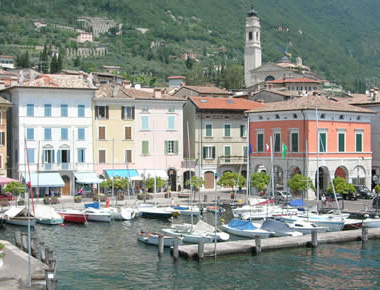 You have a wonderful panoramic view of Gargnano and the seaside of Villa Bettoni, standing at the port of Bogliaco. In every season this place is covered by lots of sailing-boats, for competing all these famous regattas, the most important is the “Centomiglia“, organized since 1951 by the nautical centre of Bogliaco. It takes place in the first September week of every year and more than 400 sailing-ships participate at this adventurous race.
You have a wonderful panoramic view of Gargnano and the seaside of Villa Bettoni, standing at the port of Bogliaco. In every season this place is covered by lots of sailing-boats, for competing all these famous regattas, the most important is the “Centomiglia“, organized since 1951 by the nautical centre of Bogliaco. It takes place in the first September week of every year and more than 400 sailing-ships participate at this adventurous race.
The preservation area “Alto Garda Bresciano” was founded in 1989, inhabited by more than 27.000 men, devised in nine communities: SALÒ, GARDONE RIVIERA, GARGNANO, VALVESTINO, MAGASA, TIGNALE, TREMOSINE, LIMONE. This park has various landscapes: mountains 65m up to 2.000 m high, Mediterranean fauna and rough Alp vegetation. A background, orientated at the mountains economy, old antique traditions are always conserved, like the culture of the citrus -fruit and the olives. Here is trade, here is industry, here is tourism! A wonderful vacation spot is the dam of Valvestino, distance form Gargnano: about 8 miles. You must take a small road curving a through a beautiful mountain landscape. You pass “Monte Pizzocolo”, also named “the nose of Napoleon”. Go ahead till you arrive at Lake Idro! Then following the little river “Chiese”, you reach the village “Ladrone”, in those days the frontier between Trento and Lombardia, today a picturesque landscape full of fruit-gardens and olive yards.
